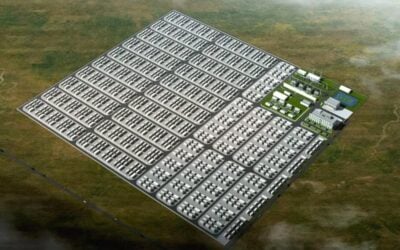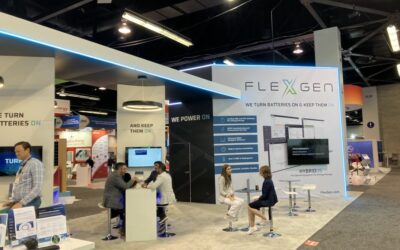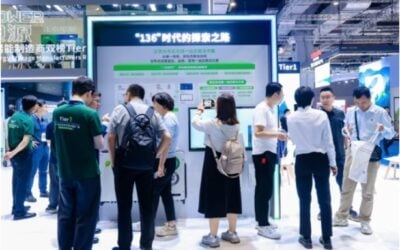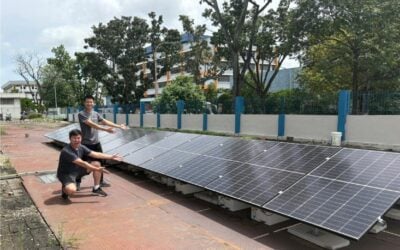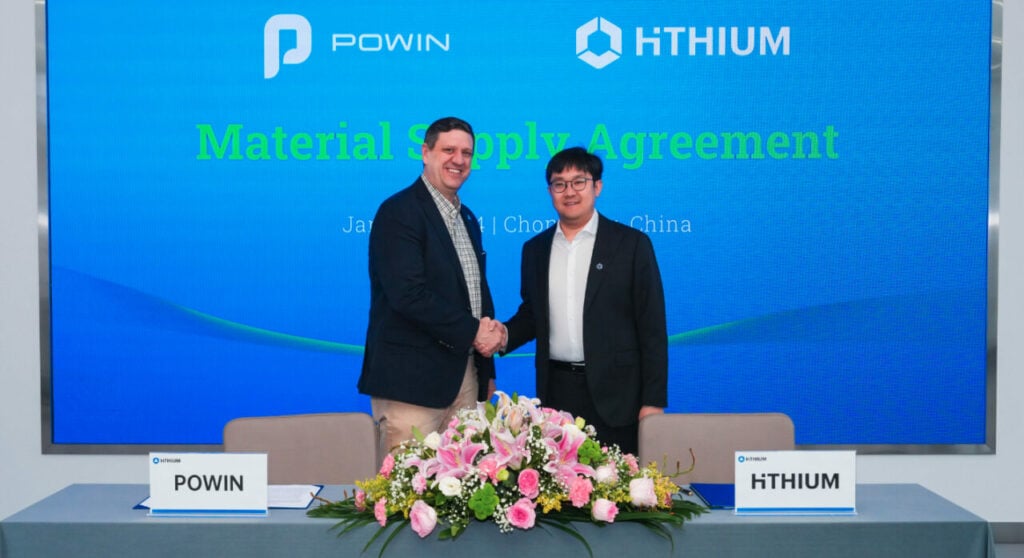
Lithium-ion manufacturer Hithium will supply 5GWh of LFP battery cells to system integrator Powin over a three year period.
China-based Hithium will supply its 300Ah lithium iron phosphate (LFP) battery cells to Powin. The cells will go to Powin’s projects globally and will not be limited to certain markets, Powin senior VP Danny Liu told Energy-Storage.news.
Enjoy 12 months of exclusive analysis
- Regular insight and analysis of the industry’s biggest developments
- In-depth interviews with the industry’s leading figures
- Annual digital subscription to the PV Tech Power journal
- Discounts on Solar Media’s portfolio of events, in-person and virtual
Liu also confirmed the deal is only for cells and not modules, racks or enclosures. Powin has its own proprietary modular battery energy storage system (BESS) unit, the Stack750E, part of its Centipede platform for grid-scale energy storage applications.
The agreement follows supply deals announced by Powin in 2023 including a 3GWh deal with Rept and a 10GWh deal with Eve Energy, both also China-based.
LFP cells have become the industry standard for BESS projects with a lower cost than nickel manganese cobalt (NMC), and its lower energy density than NMC is less of an issue in the BESS space than it is in the EV market.
Powin is headquartered in Oregon, US, and is active in the US market but has a substantial foothold in the Asia-Pacific region. It is building one of the world’s biggest single-phase BESS projects in Australia, the 1.68GWh Waratah Super Battery, and is also active in Taiwan.
Energy storage projects in the US are increasingly looking to secure future US-made battery supply (there is negligible capacity currently) to qualify for a 10% ‘domestic content’ uplift to the investment tax credit (ITC) for clean energy projects.
Hithium is one of the only large-scale lithium-ion OEMs (original equipment manufacturer) that is solely focused on the energy storage market, and is targeting 135GWh of production capacity by 2025. Last year it signed supply deals with US developer Perfect Power and system integrator Flexgen.
The firm’s 300Ah cells have a 12,000 cycle lifetime with a 2% maximum ageing effect over the first thousand cycles versus the industry standard of 6%, it claimed.
Powin VP global procurement Jason Eschenbrenner said: “It’s great to have Hithium on board as a supplier to support our rapid implementation of large-scale energy storage projects. Particularly when it comes to extending projects’ lifespan, their 300Ah cell provides us with an exceptionally reliable, long-lasting building block.”
Energy-Storage.news’ publisher Solar Media will host the 5th Energy Storage Summit USA, 19-20 March 2024 in Austin, Texas. Featuring a packed programme of panels, presentations and fireside chats from industry leaders focusing on accelerating the market for energy storage across the country. For more information, go to the website.

